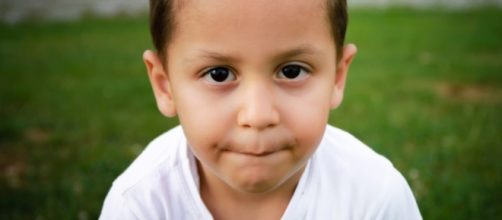Often, when our children do something we are not happy about, we shout, yell, say things that should not be said, in the heat of the moment. Sometimes physical punishment is involved. We often treat with the behavior rather than the Child behind the behavior.
Correcting a child’s behavior
Due to our time and multi responsibilities, we are often in a hurry, tired and stressed out or multitasking, we may fall back on the fastest methods to let the child know we are displeased with their behavior. We punish the child by grounding them, putting them in time out, taking away their favorite toy, reducing their video game time or television time and so forth.
We may use shaming tactics, Punishment, yelling, any method that will gain compliance immediately. But are we correcting the behavior and teaching our children what they need to know.
When we are correcting behavior in our children, we are trying to guide them to the correct behaviors that are expected of them. This is important at all levels of the child’s development from infancy to teenagers. There must be consistency and adaptation to suit the needs of the child. While disciplinary and punishment practices may be similar, it is the application and outcome which may differ.
Discipline versus punishment
What is punishment? This is really about controlling the behavior of the child through a fear of repercussions, fear of disappointing parents, generally of “fear.” Often when we are punishing we may say “don’t let me catch you” or “if I ever see you doing this again, I will.” What really happens is that the child doesn’t learn what they did was wrong, they are learning that they should be better at hiding their behaviors, so they do not get caught.
They are not taught to self- regulate their behavior or to control their behavior or to make wiser choices. So, the responsibility of the child’s behavior remains with the adult rather than the child since they will misbehave when you are not around.
Consequently, punishment can result in the stunted growth of the child, because they fear repercussions of their actions, they will not be willing to try new things or are quick to give up on when things are challenging. They wish to avoid shame and pain.
What is Discipline? Discipline, on the other hand, is geared towards giving the responsibility of proper behavior to the child. Proper discipline practices aim to teach and guide the child self – control and self – regulation.
They have to learn to manage their emotions and their impulses. Ideally, the child should develop the ability to make healthy choices. The child needs to be shown that there is a link between their behavior and the consequences for their actions as well as the impact their actions have on those around them.
Discipline focuses on addressing future behaviors while punishment addresses past behaviors. When we are trying to teach our children lessons about right and wrong, concentrate on the future behaviors and ensure you make the connection for them about the consequences of their behavior on themselves and on others. Put yourself in their shoes, how would you feel or how did you feel when you were yelled at or shamed by your parents?
Try, as hard as it may be, not to yell or shame the child or make the child feel guilty for their behaviors. They are learning, and each experience may not be positive for either them or us, but we are all learning.


